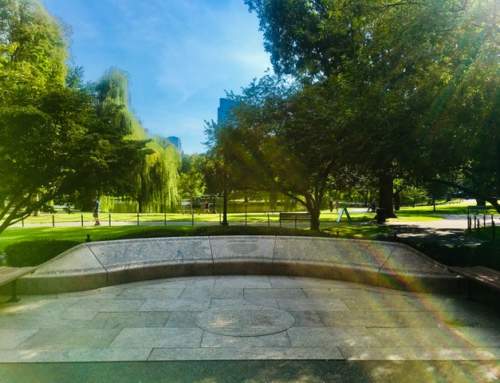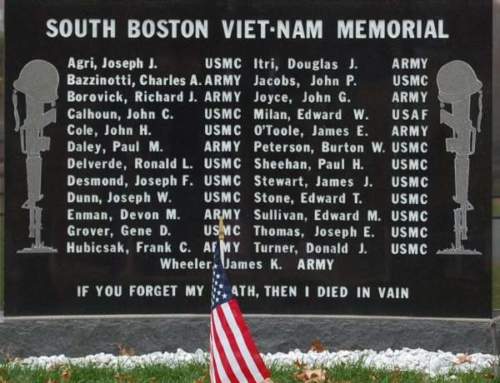by Richard Campbell
It is time for Boston’s innovators to get on board with high speed rail in New England. For years the concept of a truly new infrastructure to connect Boston to Washington has languished. Three hours and forty minutes to go from Boston to New York is not exactly high speed- that’s about 70 miles per hour. Outside of this embarrassing “high speed” figure, we have very little rail connecting us to western Massachusetts, and a major highway “problem”. Massachusetts state Senator Eric Lesser backed a bill study of an east-west expansion project, but it was vetoed by Charlie Baker. I understand wanting to tighten our belts, but bucking against high speed rail is costing the city and the surrounding areas with congestion, pollution, and high energy costs.
For years citizens of Boston and the western part of the state have been considering high speed rail to connect our state economically. The idea for a high speed train from Springfield to Boston that would spread economic development has been delayed by politics long enough. Even though Lessor’s study had bipartisan support and the backing of the Greater Boston Chamber of Commerce, Massachusetts Sierra Club, and Transportation for Massachusetts, we are still nowhere on high speed rail. From millennials who are sensibly deciding they don’t want to sit for hours on the highway, to an older population that still would like to get around, to the striking energy savings, to what it would do for state wide real estate development along the corridor, it is obvious that high speed rail is in our future. The really big question is: just how long do we have to wait?
Amtrak’s Lake Shore Limited is the only train that runs between Springfield and Boston, and it takes about two and half hours. Really? Are they using steam locomotives? Racked with NIMBY complaints, the Federal Rail Administration dropped proposals to build new high speed rail tracks through New England, and they set their goals to bring the Boston to Washington high speed up to speed in 30 years.
It is clear we need some private forward minded investors to rectify this situation, as relying upon the government to bring our rail system up to a level that isn’t embarrassing when compared to China or Europe, clearly hasn’t worked. For South Bostonians, who are at the center of the northeast transportation hub, the need to keep highways from strangling us is getting a lot of attention. People complain constantly about highway and city congestion, and never seem to get the concept that high speed rail is the answer. Let’s put this in perspective: high speed rail supports 20 times the capacity of highways, and ten times the capacity of aviation. Read that again for clarity sake.
You want to stop the unending highway congestion, and constant planes over our heads, then get on board. A national high speed rail program would end our dependency on foreign oil for the majority of our travel and unclog our highways around metropolitan areas. In the United States, because of our dominating car culture, we use 8 to 10 times more oil per capita than Europeans.
High speed rail will safely get where you are going. In point of fact, high speed rail is the safest transportation in the world, and highway accidents kill thousands of people every month. This past year traffic deaths rose to 40,200- a six percent rise, and the highest ever, primarily because of our flawed transportation policy. Consider this: car accidents cause death every 11 minutes- and injure nearly 4 million a year.
California is a state that couldn’t wait, launching its West Coast Rail Conference with people from all over the world this past spring. In short, high speed rail is already happening in California. With the advent of high speed-rail we could reduce our energy deficits by billions, and clean our environment simultaneously, and connect business centers in our nation with 200 mile-an-hour trains. The American highway system is such a frustrating boondoggle from wasted energy, to wasted time. I realize the car companies are powerful, but this is ridiculous. Boston has more innovators and engineers per square foot that just about anywhere, and look at our trains. It is time for the universities, the city, the state, and private business to get on board to create the ground work for a new high speed rail system.
I can think of nothing better for the new South Boston Seaport District as well as the governor and mayor, then calling for a high speed rail symposium in the burgeoning Seaport District.






